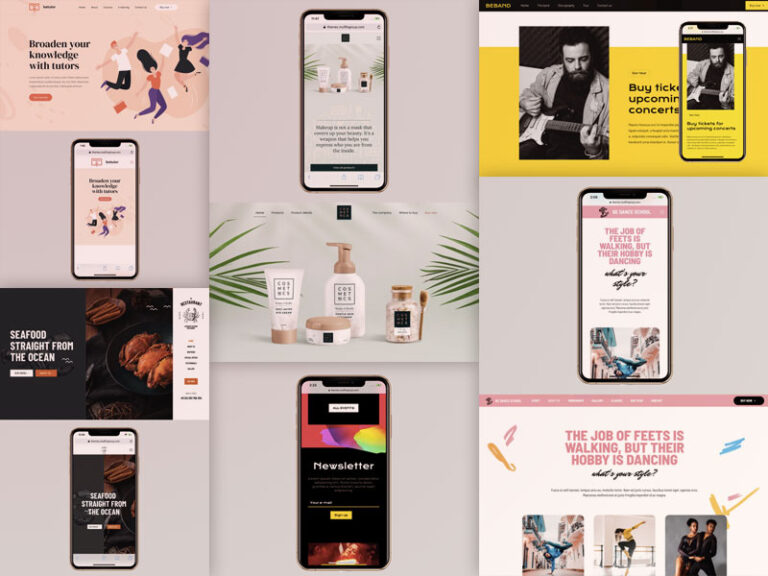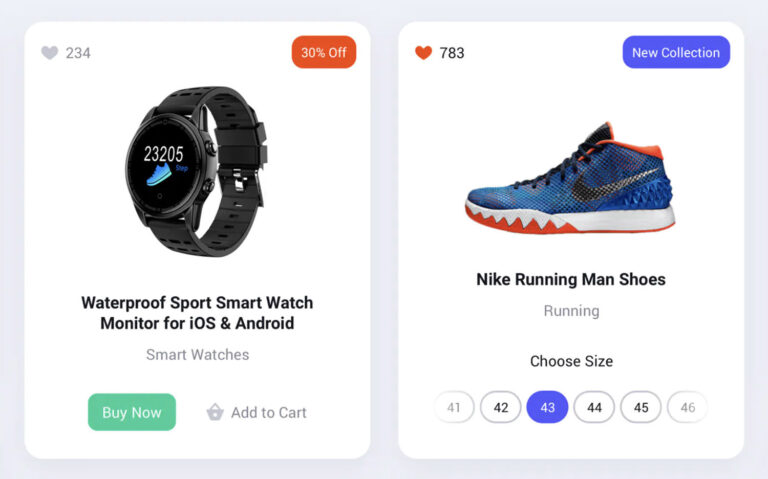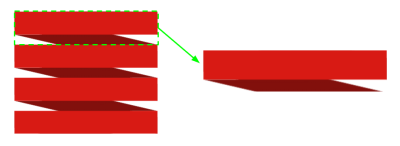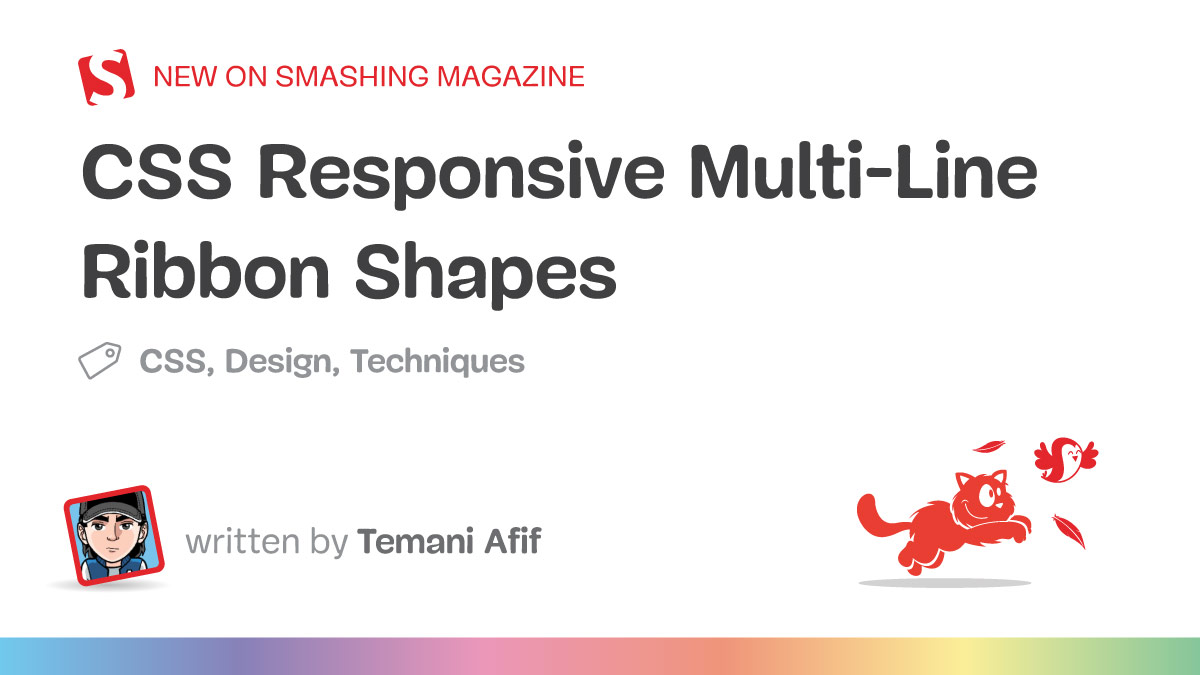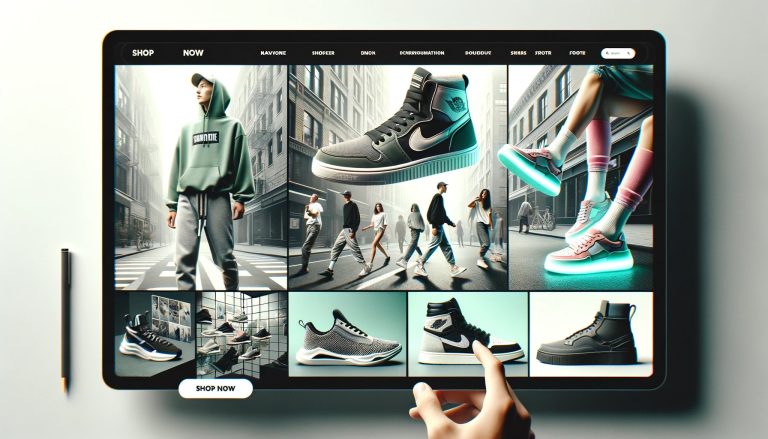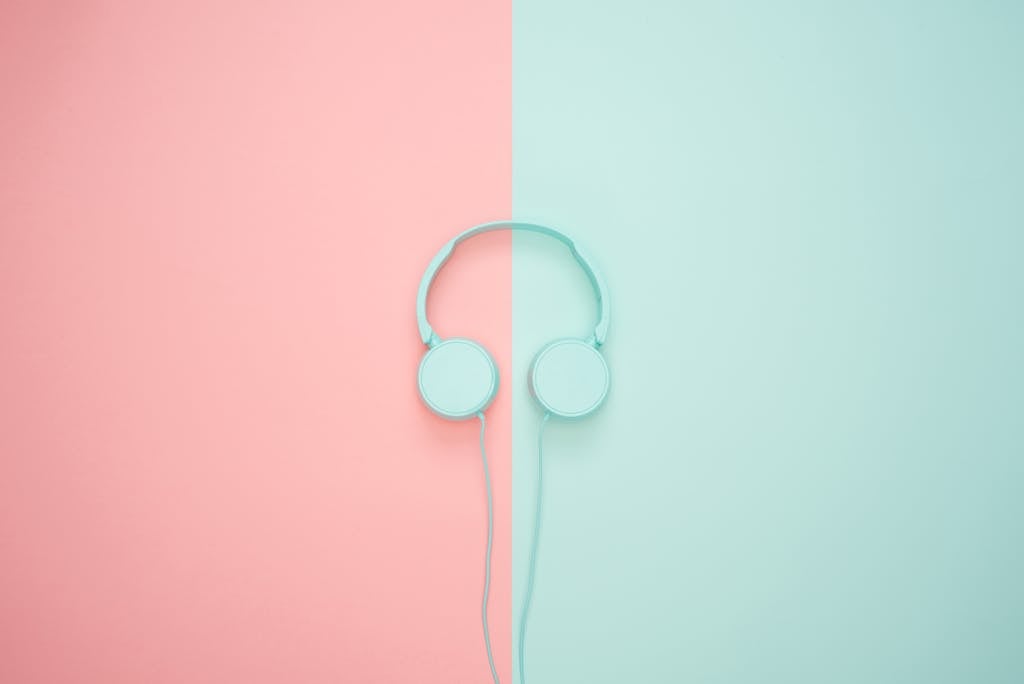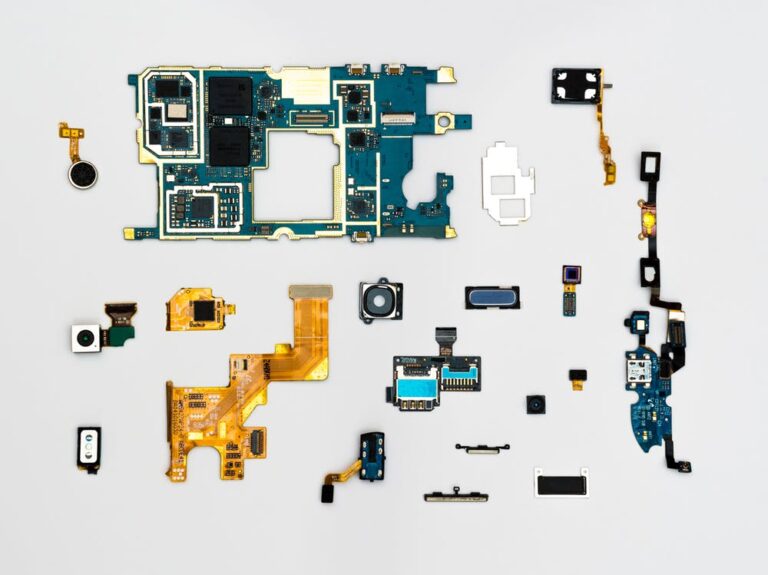Have you ever been talking to a friend who is an aspiring graphic designer, and they asked you what your go-to graphic design tools are and which tools you could never live without?
Because I have.
And it happened to me this week.
One of my friends and I were chatting over a coffee when she asked me what tools she absolutely needs to start out as a graphic designer.
And that’s when it actually hit me that I love and use so many tools on a daily basis, that it’s hard to keep count.
So I went home that night and wrote up a list of graphic design tools that I really consider crucial, and the list was at around 25 tools.
7 Design Tools I Can’t Live Without
But I’ve compacted only my very favorites into this list of 7 tools that I’m going to share with you today that I simply can’t do without.
So without further ado, let’s jump right into them.
1. Affinity Designer
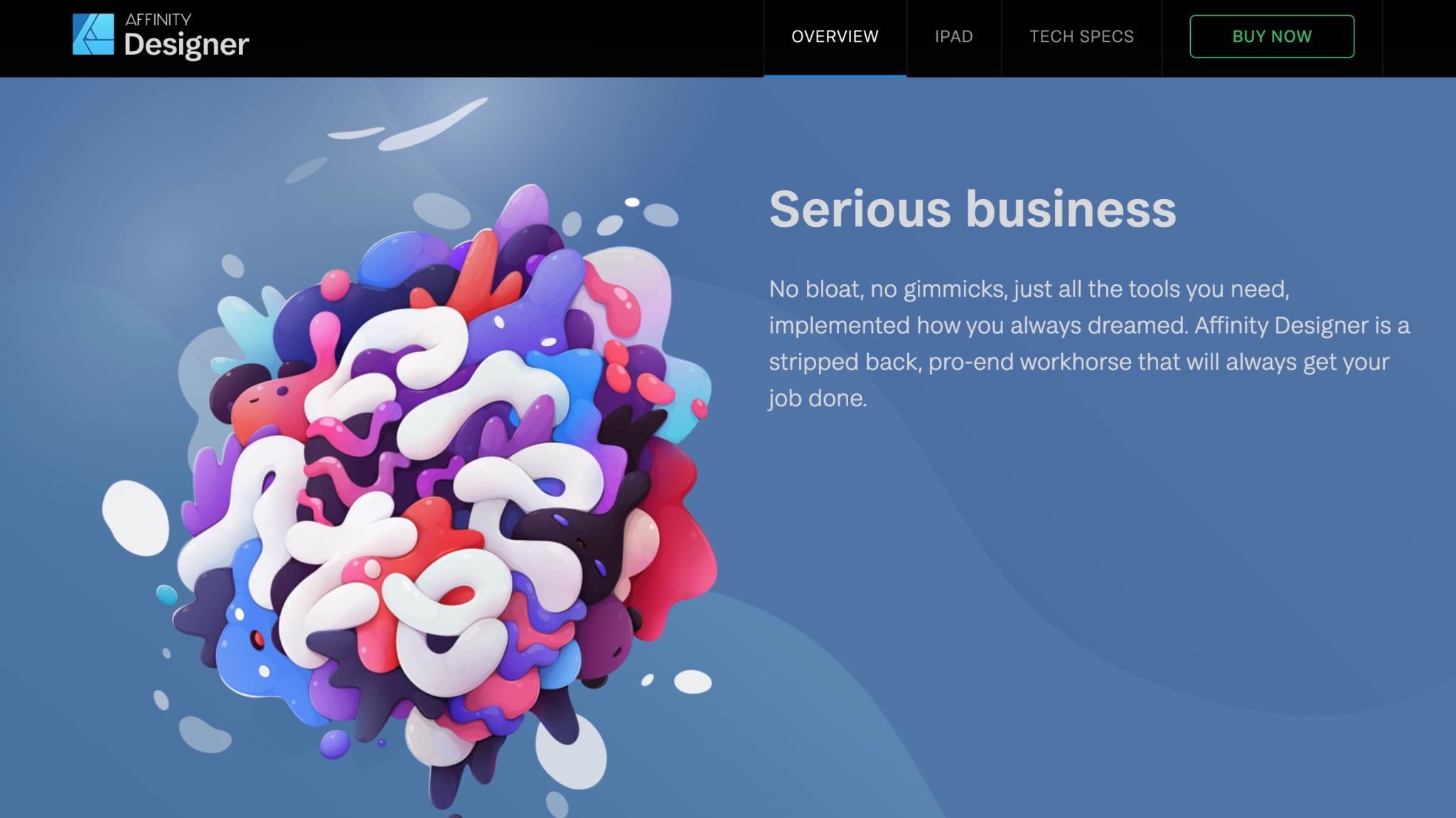
If you’re not a Creative Cloud user, then Affinity Designer could be the thing for you.
I used to be a die-hard Adobe user until I started getting incredibly bothered by just how sluggish Illustrator had become.
I remembered reading about Affinity products and decided to give them a go, and never turned back.
“Affinity Designer has truly changed the world of graphic design. Five years of intensive refinement since launch have been dedicated to our unwavering vision of a powerful, super-smooth app that improves your workflow and allows your creativity to shine.”
Of course, there are lots of other great tools out there like Figma and Sketch, but after trying out Affinity Designer for a while, I was hooked.
And yes, there are things that still need some improving, like their color tools, but other than that, I can actually say that I’m obsessed.
2. Affinity Photo
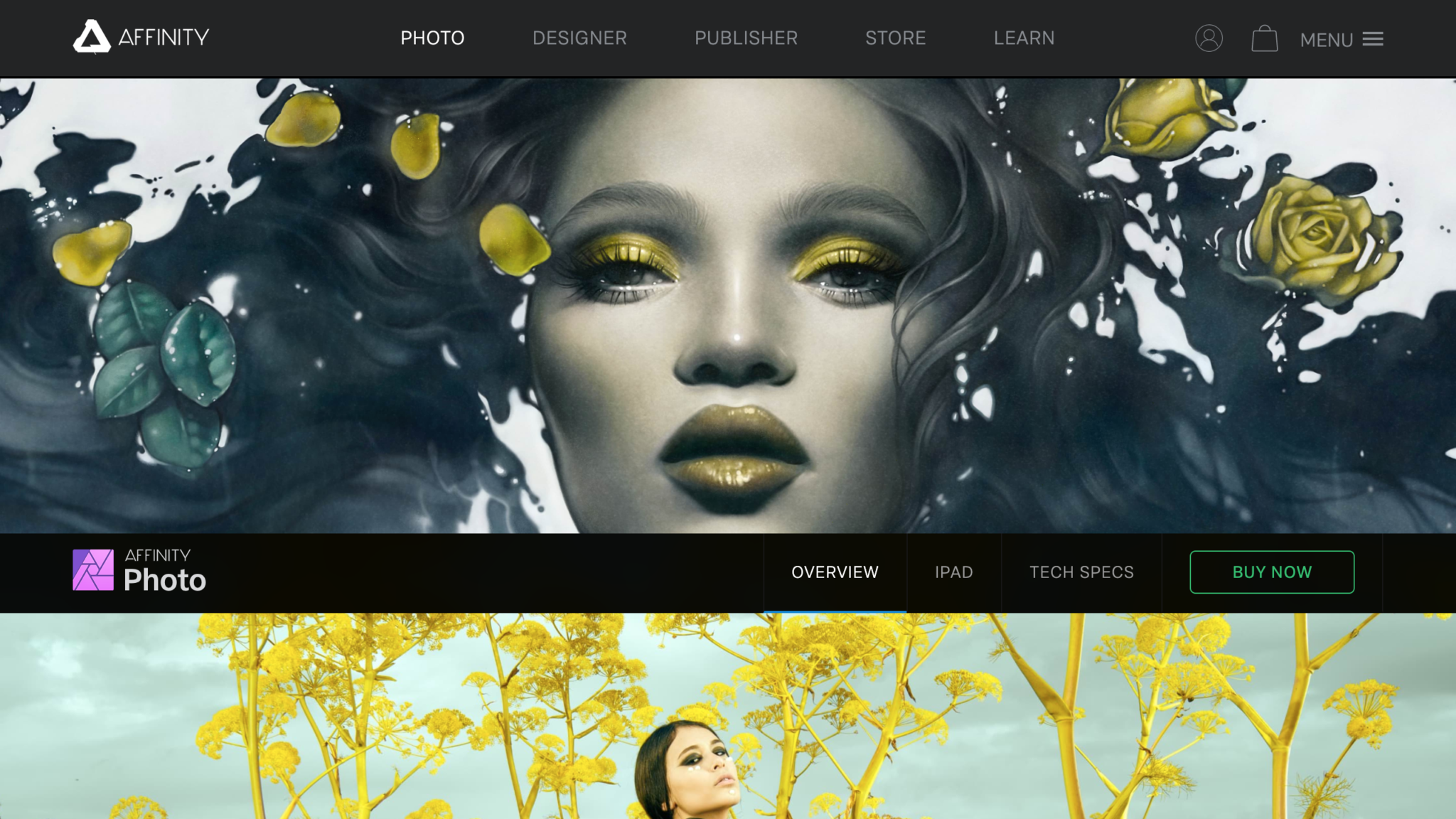
Another tool that I simply can’t do without is Affinity Photo.
If you happen to manipulate a lot of photos, you might find that Affinity Photo is much stronger than Photoshop in some areas, and mainly in bitmap scaling.
Due to Lanczos 3 sampling, Affinity Photo’s bitmap scaling is incredibly better and more useful than Photoshop’s.
If you’ve ever gotten frustrated with the hours that you’ve lost just manually calculating the horizontal whitespace so that it’s proportionate to the vertical, you’re not alone.
Affinity Photo has solved many of the small annoyances we’ve all had to deal with Photoshop, so if you’re over Creative Cloud, it’s time to give Affinity products a go.
3. TinyPng
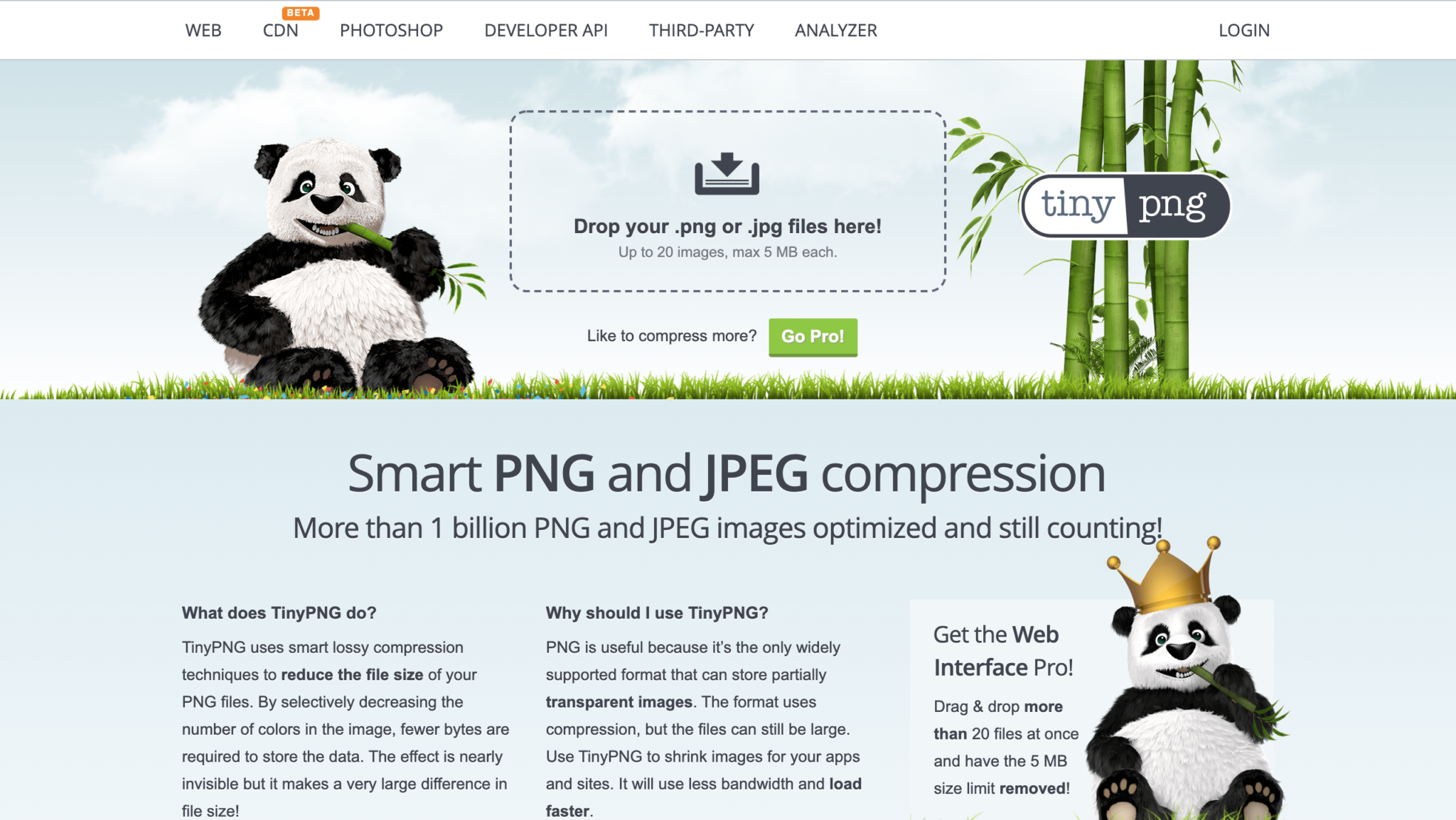
There’s nothing worse than slow loading times.
If a webpage doesn’t load in half a second, I’m gone.
And I’m not alone in this. 47 percent of consumers expect a web page to load in two seconds or less. 40 percent of consumers will wait no more than three seconds for a web page to render before abandoning the site.
So, when I need to optimize my designs for the web, I need to use some sort of tool that is going to help me with that.
TinyPng has been my go-to tool for the longest time. It’s free and it works quickly and efficiently.
So if you to optimize some of your images and designs for web format, ues TinyPng!
Not to mention that their mascot is the cutest little panda I’ve ever seen.
4. Khroma
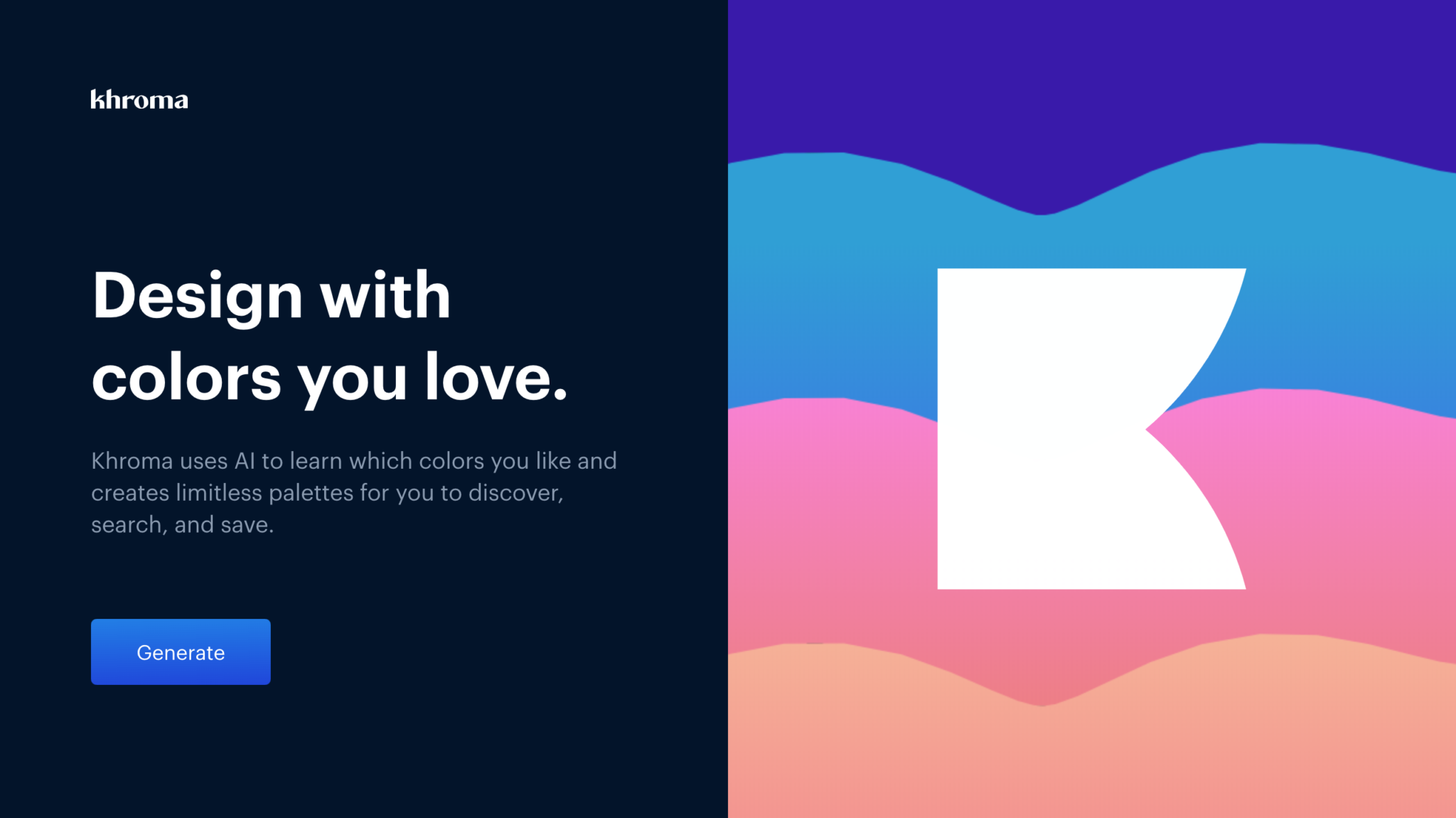
If you’re amazing at finding, matching, and combining colors, then you could probably skip over this tool.
But this is a tool that I definitely wouldn’t want to design without.
Khroma uses AI to learn which colors you like and creates limitless palettes for you to discover, search, and save.
The way it works is quite intricate.
Khroma’s search allows you to search and filter the generator by hue, tint, value, color, as well as hex and rgb values.
Give it a go and see how you like it!
5. Codekit
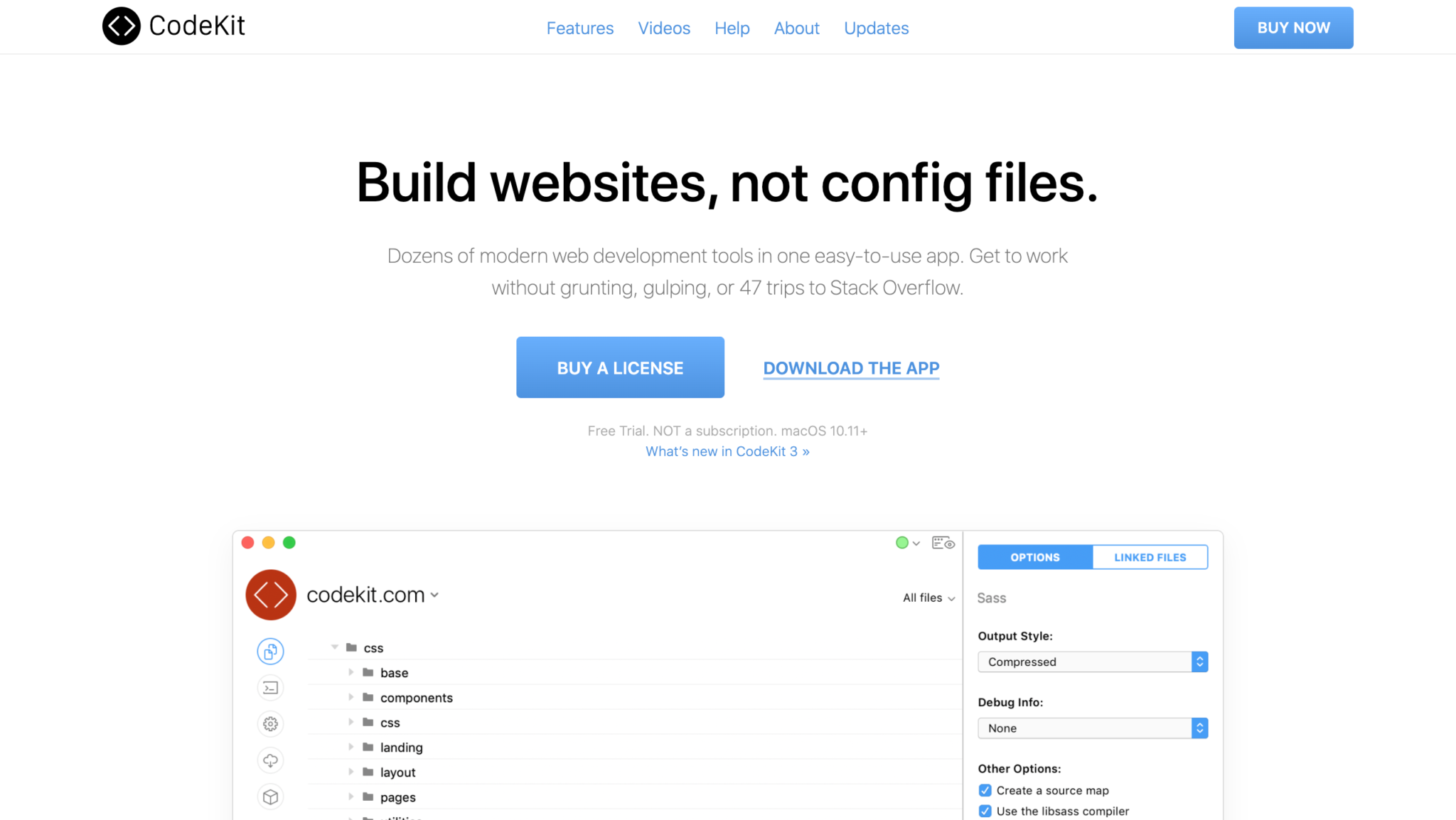
Like most of us, I didn’t invest in getting into compilers as soon as I should have.
I used all the apps, like Minify, to minify CSS and JavaScript, but then one day, I found Codekit.
And I never went back.
What I found amazing about Codekit is that while I’m coding, I can also change the settings because it is a GUI, and don’t have to think another coding language.
6. Fontstand
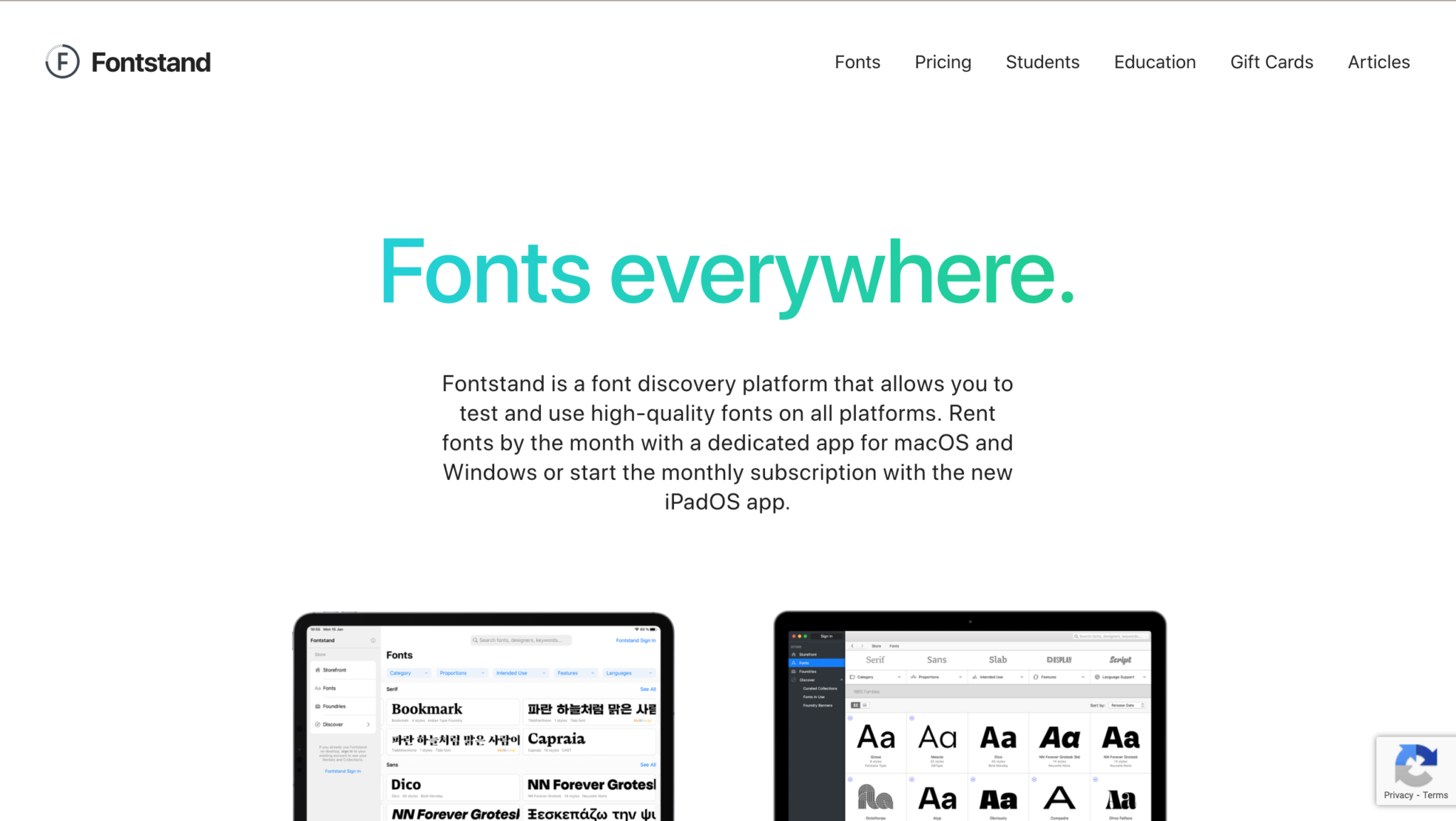
If you’re not using Creative Cloud, then you need somewhere new to get your fonts from.
Fontstand is a font discovery platform that allows you to test and use high-quality fonts on all platforms.
You can rent fonts by the month with a dedicated app for macOS and Windows or start the monthly subscription with the new iPadOS app.
So basically, if you find a font you like, you get a 1-hour free trial with it to see if it fits your vibe, and if it does, then you can choose to rent the font for a small fee.
I think it’s an amazing platform that’s definitely worth looking into!
7. BrowserStack
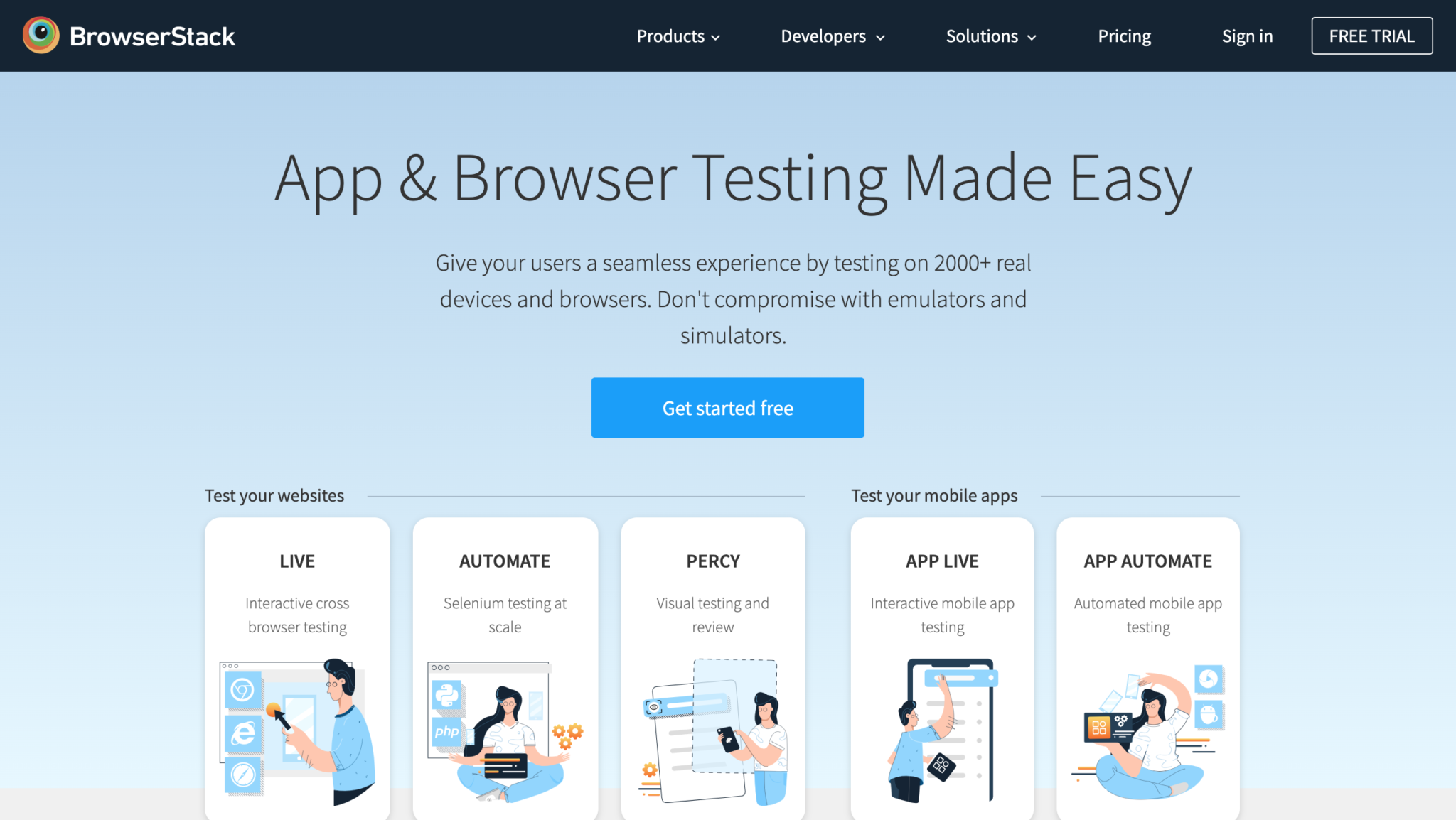
And finally, we come to our last “can’t-live-without” product which is BrowserStack.
No matter what it is you’re building, it needs to be tested.
If you could, it would be best to test on real devices. But in the case that you can’t afford it, or don’t want to spend your money on that, you’ll need a live testing solution.
You can use BrowserStack for that. With their product, you can give your users a seamless experience by testing on 2000+ real devices and browsers.
No need to compromise with emulators and simulators!
Final Thoughts
So that concludes my list of must-use tools for 2020.
Or at least, a part of that list.
Let me know in the comments which tools you started using this year that you think you’ll be using for the long-haul!
Until next time,
Stay creative, folks!
